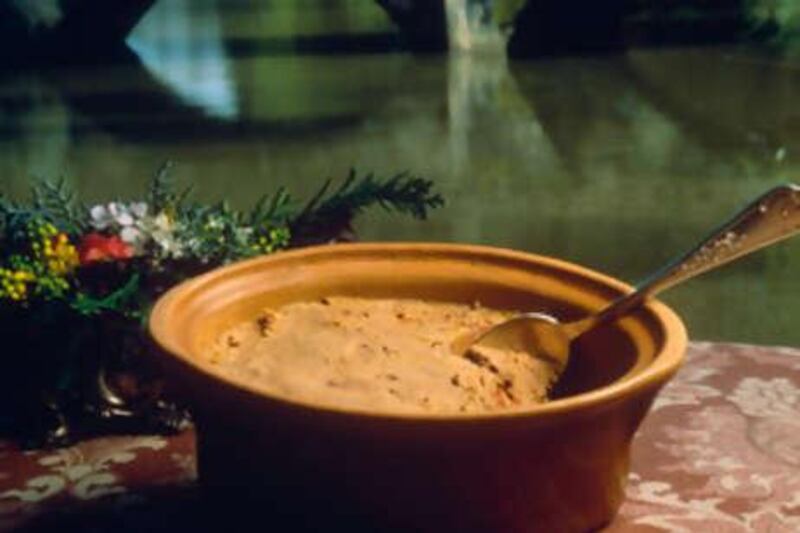Whatever your stance on foie gras, it's everywhere in the UAE. If you're spending your New Year's eve in a fine-dining establishment, you are likely to see it on the menu. A staple in French celebratory cuisine, it has come to represent wealth, luxury and refinement alongside caviar and oysters. Yet, its appearance next to these delicacies on menus around the world has caused far more controversy than any overfished sturgeon eggs or manufactured molluscs could muster. And while the furore surrounding the methods of its production has yet to fully unravel on these shores, no serious foodie could claim to be ignorant of its ethical implications.
The opposition claims that the production of foie gras - the fattened liver of a goose or duck - is cruel. The "gavage" method involves force-feeding the birds with a long tube, which is passed through the oesophagus and dispenses large measures of corn mash directly into the animal's stomach. Protesters say that not only do these tubes cause damage to the birds' throats, but that also the abnormally enlarged, fatty livers of the birds leads to undue suffering. In the US, anti-foie gras lobbyists have successfully secured bans of foie gras production in the state of California, to become effective by 2012. And in Chicago, it was banned in 2006 - only for the ban to be repealed two years later.
The controversy rages on. Producers argue that properly regulated methods are harmless, and that since the birds are only fed for 40-60 seconds per day for the last 12-18 days of their lives, any discomfort experienced is minimal. Migratory birds such as geese and ducks, they attest, are physiologically designed for high-volume weight gain prior to winter migration. And these claims are supported by the likes of the American celebrity chef and writer Anthony Bourdain, who believes that a method of food production that has been going on since Roman times should be allowed to continue, as long as certain guidelines are adhered to. Bad farming is bad farming, full stop.
In fact, the overfeeding of birds via similar methods is known to have been practised by the ancient Egyptians around 2,500BC. The soft, fatty, almost creamy texture of the liver became prized for its intense flavour, as it is today. But it wasn't until the last 10 years or so that foie gras really made a splash on international menus. Still unconvinced? Then stop reading now. If foie gras is for you, then here's how to cook it. There's foie gras pâté and mousse available, but foie gras entier (whole, raw fois gras liver) is the real deal. Slice it into two-inch thick portions straight from the fridge, dust with salt, pepper and flour and gently sautée in butter until lightly browned on the outside. Plate it up with apple segments caramelised in butter and brown sugar and a garnish of chopped chives, then serve. Just be careful who you serve it to.
jbrennan@thenational.ae






